Globally Harmonized System
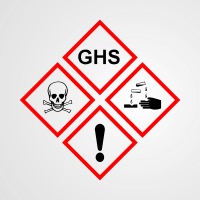 “The Globally Harmonized System of Chemical Classification and Labelling” (GHS) was developed by the United Nations. GHS is an internationally agreed upon system with consistent criteria created to replace the many different hazard classification and labeling systems used in countries around the world.
“The Globally Harmonized System of Chemical Classification and Labelling” (GHS) was developed by the United Nations. GHS is an internationally agreed upon system with consistent criteria created to replace the many different hazard classification and labeling systems used in countries around the world.
International trade in chemicals is extensive. The many different hazard classification and communication systems used around the world resulted in multiple standards requiring multiple labels and safety data sheets for the same hazard in different countries. A worldwide approach was clearly needed. GHS is a voluntary framework for replacing the varied systems with a with a united global approach. Participating countries are provided with harmonized building blocks to implement their own hazard classification and communication system. For many countries GHS presents an opportunity to create an effective system at less cost than they could do on their own.
HCS Chart of Pictograms and Hazards:
Health Hazard |
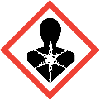
|
Flame |
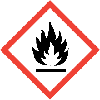
|
Exclamation Mark |
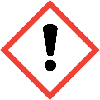
|
||
|
|
|
|||||
Gas Cylinder |

|
Corrosion |
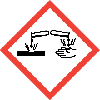
|
Exploding Bomb |

|
||
|
|
|
|||||
Flame over Circle |
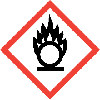
|
Environment
|

|
Skull and Crossbones |

|
||
|
|
|
|||||
Implementation
The United nations monitors the progress of international implementation of GHS. Implementation is voluntary and there is no set date for implemention of GHS. The European Union has implemented GHS standards into their regulations. In the United States, the Occupational Safety and Heath Administration (OSHA) is in the process of implementing GHS and has submitted a final rule to the Office of Management and Budget revising the Hazard Communication Standard to align with GHS.
Training will be needed when implementing GHS. Training is a key component of GHS. Employees, emergency responders and other will need appropriate training regarding GHS hazard classifications and their related symbols, pictograms, signal words, hazard and precautionary statements.
Hazard Communication
After hazard classification is completed, the hazard information needs to be effectively commnicationed to the target audience. GHS established guiding principles for hazard communcation:
- Hazard information should be available in more than one form.
- Protection of users, consumers and the environment should not be compromised due to non-discloure of 'Confidential Business Information'.
- Hazard and precautionary statements should be included.
- Information should be harmonized and easy for the target audience to understand.
- Hazard phrases should be consistent.
Global harmonization is complex. Comprehensibility is challenging, even within the same country. Concerning factors in the development of GHS communication tools included differences in existing systems on exacty what and how hazard information should be communicated, the ability to translate phrases meaningfully, and the ability to understand and appropriately respond to the symbols and pictograms.

 View Cart ( )
View Cart ( )
